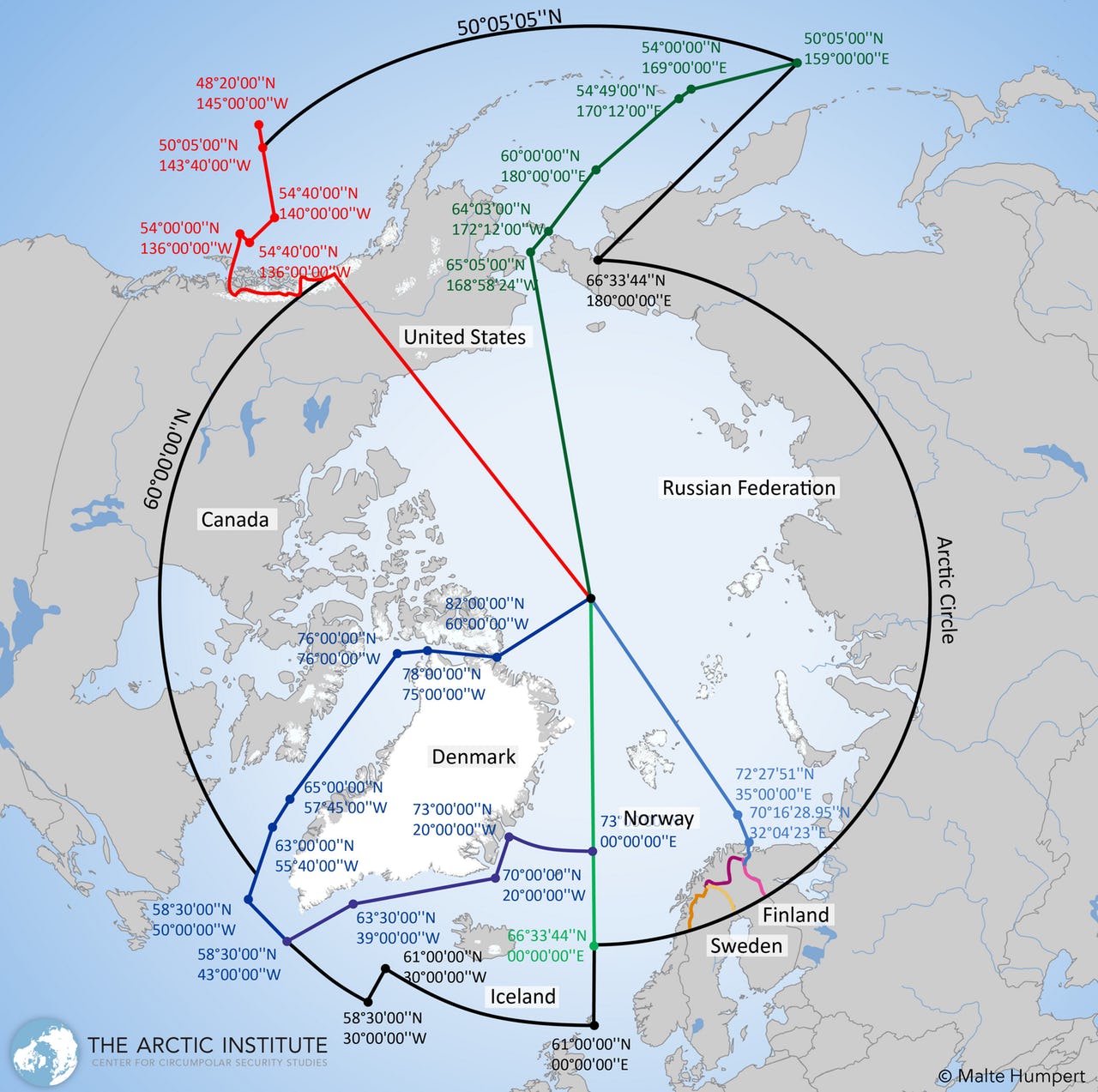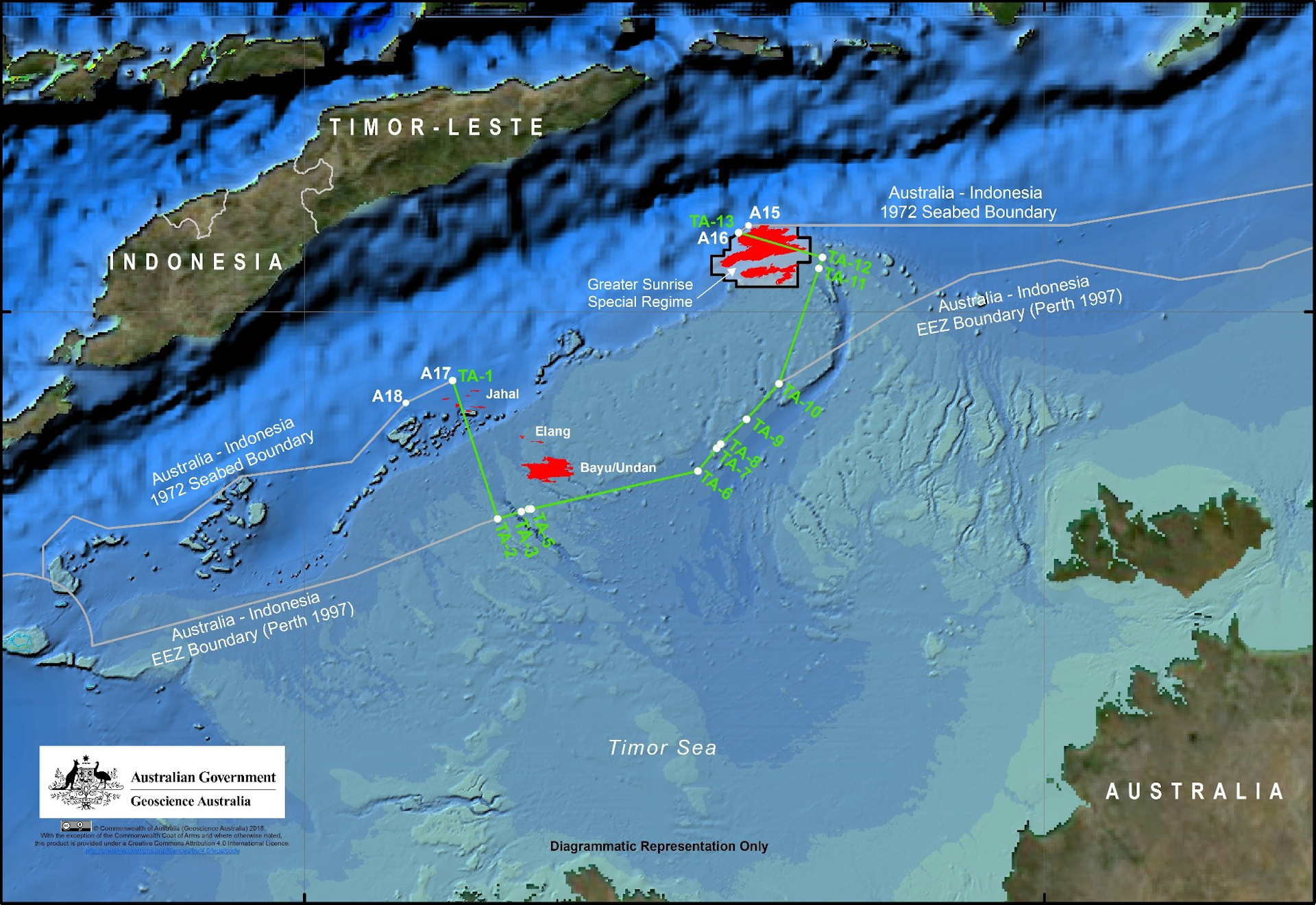A look into the complex world of ocean bed ownership and how nations are vying for their own piece of the puzzle.
From Alkazeera
What if a country didn't end at the coastline but would simply continue under water?
A territory the size of a continent would come up - a territory uncontrolled and open for seizure. But who owns the sea bed, is it territory still to be claimed?
The fact that the world's oceans cover three-quarters of the earth's surface once meant very little to governments around the world.
This changed when water exploration teamed with demand for specific resources and the need for power.
Map showing the complete trajectory of the journey of the research vessel Meteor
during the German Atlantic Expedition from 16 April 1925 to 2 June 1927 (from Spieß , 1928).
The first scientific study of the ocean floor was undertaken by German survey vessel Meteor, which saw it conduct research on the Atlantic Ocean between 1925 and 1927.
The information uncovered about the ocean bed changed how nations viewed their once complacent takes on the importance of the ocean - politically and otherwise.
In 1945, spurred on by a demand for oil that could not be met by land resources, US President Harry Truman pioneered the idea of owning oceans by promoting the theory of extended continental shelf of submerged landmass - claiming a continent did not end at the shoreline but ownership by a nation extended into the ocean.
Prior to this, countries could only lay claim to the land extending 22 nautical miles (22km) from land's end.
Arctic Council Search and Rescue Agreement, 2011
Using the theory of 'continental drift' - the belief that the continents' movement in relation to each other did so across ocean beds - and the 'legitimate' nature of science as evidence to prove his point, Truman's idea was systemised under the Outer Continental Shelf Lands Act of 1953, starting a war of laws.
How fair mother nature had been to landlocked nations was another issue to contend with.
"For instance, Russia has a wide [continental] shelf of more than 200 nautical miles, or over 400km. By contrast, South East Africa has a continental edge of only 20km. These features are the result of geological evolution. Some countries are lucky. Others are not," says geophysicist Wilfried Jokat.
Exclusive Economic Zones (EEZ) in the GeoGarage platform
Over 40 percent of the world's oceans have already been assigned to legal continental shelves, i.e. a land mass extended from the continent itself to the continental margin which is between the shoreline and the shelf break (where land slopes further into the water).
Claims on expanded geological continental shelves make up another 10 percent of the ocean - a process riddled with loopholes, allowing countries.
It is now projected that around 57 percent of the oceans will eventually be under the control of coastal states.
As new discoveries of oil and gas continue to further nations' desires to claim their own piece of the ocean bed, geologists have been propelled into the role of decision-makers, proving - or nullifying - claims to these desired areas.
The new maritime boundary between Australia and Timor Leste.
The objectivity of the scientists involved in these processes has also come into question, with economic and strategic gains at stake.
"Science is decisive for expanding the continental shelf, because all the petitions are based on science. Geological data, seismic data, scientific studies. Everything depends on this information," says head of the French maritime law commission, Elie Jarmache.
"You can't go to the Commission on the Limits of the Continental Shelf and say, 'I am a member of the Security Council and want to expand my country's continental shelf.' That's not how it works. Politics has no place here."
In 1951, an official map approved by the central government of China marked the China-claimed area in the South China Sea with a pair of non-stopping lines.
There was an inner black line indicating the sovereign boundary and an outer red line representing where China could exercise administrative power.
As states attempt to extend their maritime zones as far as possible, many international conflicts have arisen.
In the South China Sea, eight countries are fighting for oil reserves valued at $100 billion.
"There is no part of the world that is safer than any other," says Robert van de Poll, a maritime law expert. "
In other words, with 53 percent of all maritime boundaries within the Exclusive Economic Zone unresolved, we are seeing conflicts rising to volatile levels driven predominantly by resource development for the offshore."
Links :
- Geospatial World : OGC calls for sponsors for Maritime Limits and Boundaries Pilot
- South China Morning Post : China’s claims in South China Sea ‘proposed by continuous boundary for the first time’
- Asia Times : China’s ‘new’ map aims to extend South China Sea claims
- CIMSEC : China's claim to the Spratly islands is just a mistake
- Mondaq : Timor-Leste Oil Gas: New Maritime Treaty With Australia
- The Conversation : Australia and Timor Leste settle maritime boundary after 45 years of bickering
- QCostaRica : Costa Rica Has A New Map: Includes 36,000 Km2 Of Maritime Territory Won In Court Against Nicaragua
- Europp : Turkey vs Greece: Is war a real possibility?
- The National : Scottish map company to shape China's view of the world
- The Arctic Institute : Establishing Maritime Boundaries in Arctic Waters
- GeoGarage blog : East Timor maritime boundary: the 'equidistance ... / US maritime limits based on UN sea law treaty / China unfettered: Redefining the rules of the seas / Who is first to go to the Arctic will be a 21st century ... / A brief history of lines in the Arctic / New map boosts China's maritime claims / How the U.S. maps the World's most disputed ... / China's 'Historic Rights' in the South China Sea ... / Canada's territorial disputes / Court grants Peru ocean territory claimed by Chile





No comments:
Post a Comment